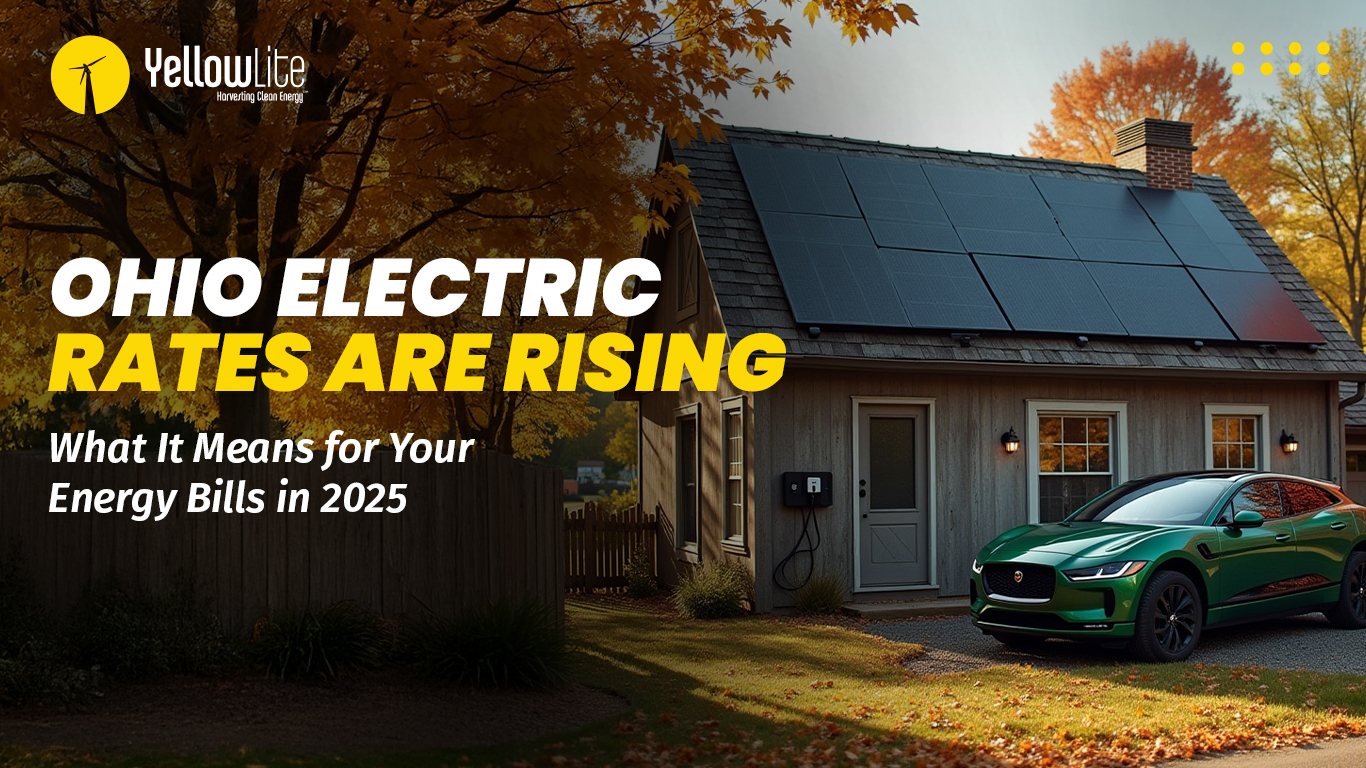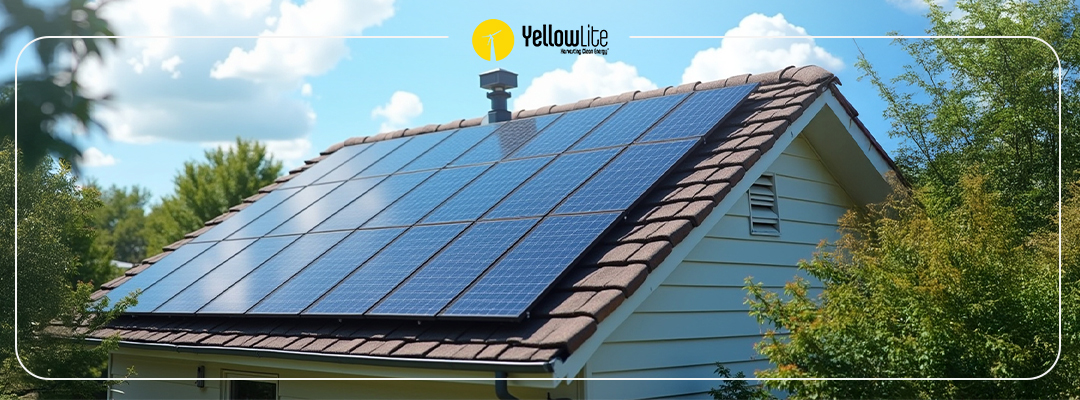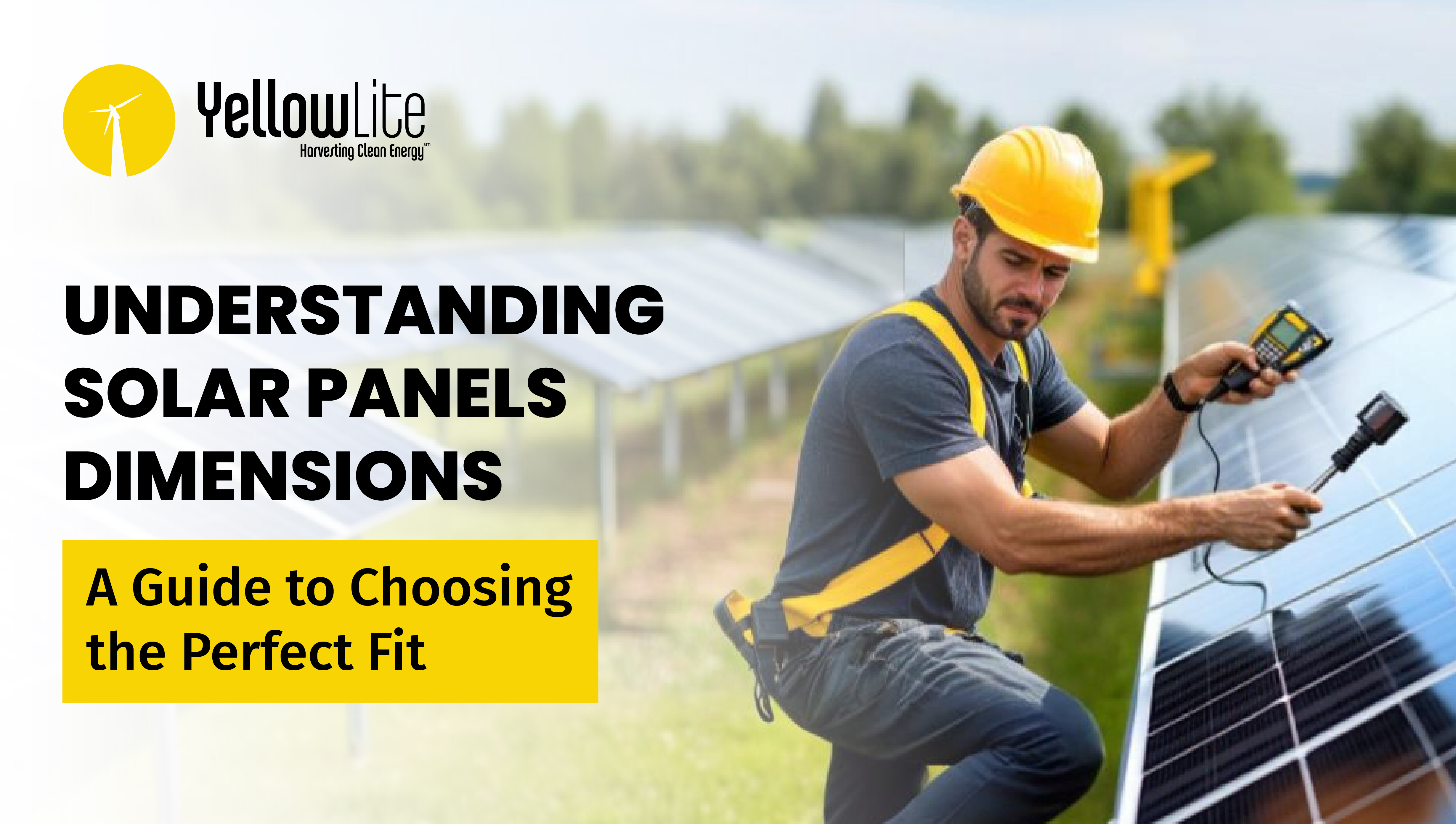In recent years, renewable energy has gained significant attention as the world strives to reduce its carbon footprint and combat climate change. Solar power is one of the fastest-growing sources of renewable energy, and the latest innovation in this field is floating solar panels. Floating solar power plants have been hailed as a game-changing idea in the renewable energy industry. In this article, we will explore what floating solar panels are, how they work, and the pros and cons of this new technology.
What is a Floating Solar Power Plant?
A floating solar power plant is a structure consisting of photovoltaic solar panels that float on water bodies like reservoirs, lakes, and ponds. These solar panels are similar to those used in traditional solar farms, but instead of being installed on land, they are installed on floating platforms. The technology is also known as "floating photovoltaic solar panels."
Is Floating Solar Power Plants a Game-Changing Idea?
The concept of floating solar panels is relatively new, and it has been gaining momentum in recent years. Floating solar panels have several advantages over traditional solar panels installed on land. Firstly, floating solar panels make use of unused water surfaces, reducing the competition for land use. Secondly, the cooling effect of the water below the panels increases the panels' efficiency, as solar panels perform better in cooler environments. Thirdly, the panels are less likely to be affected by shading from trees or nearby structures, which can reduce the efficiency of traditional solar panels. These advantages make floating solar panels a game-changing idea in the renewable energy industry.
How do the Floating Solar Parks Work?
The floating solar panel concept is relatively straightforward. The solar panels are installed on a buoyant structure that can float on water surfaces. The buoyant structure is made of materials like plastic, steel, or concrete, and it is anchored to the bottom of the water body. The solar panels are then mounted on the floating structure, and the electricity generated is transmitted to a power grid onshore.
Pros and Cons of Floating Solar
Advantages of Floating Solar Panels:
- Efficient use of space: floating solar panels can make use of otherwise unused water surfaces, reducing the competition for land use.
- Increased efficiency: the cooling effect of water underneath the panels increases their efficiency, resulting in higher electricity output.
- Reduced evaporation: floating solar panels can help reduce the rate of evaporation of water bodies, making them an attractive option for countries that face water scarcity issues.
- Minimal environmental impact: floating solar panels have a minimal environmental impact as they do not involve land acquisition, deforestation, or soil erosion.
Disadvantages of Floating Solar Panels:
- High installation cost: floating solar panels are more expensive to install than traditional solar panels due to the additional cost of the floating structure.
- Maintenance costs: floating solar panels require regular maintenance, and it can be more challenging and expensive to carry out maintenance activities in water bodies.
- Vulnerable to extreme weather conditions: floating solar panels can be vulnerable to high winds, waves, and storms. Therefore, they require additional safety measures to ensure they do not pose any risk to the surrounding environment.
Notable Floating Solar Companies and Installations
Several companies are currently involved in the production and installation of floating solar panels. These include:
- Ciel & Terre: a French company that specializes in floating solar panels for pools and water bodies. The company has installed floating solar panels in countries like France, Japan, and Taiwan.
- Sungrow: a Chinese company that produces floating solar panels for large-scale water bodies. The company has installed floating solar panels in several countries, including the United States, China, and India.
- Floating Solar UK: a UK-based company that produces floating solar panels for reservoirs and lakes. The company has installed floating solar panels in several locations around the UK, including a 200 kW installation at a quarry in Yorkshire.
Notable installations of floating solar panels around the world include:
- The Yamakura Dam Floating Solar Power Plant in Japan, which has a capacity of 13.7 MW and is one of the largest floating solar power plants in the world.
- Tata Power Solar's 100 kWp floating solar plant in India's Kerala state, which is India's first floating solar power plant.
- The Far Niente Winery in California, which installed a 1-acre floating solar panel array in a pond, producing enough electricity to power the winery's operations.
- Environmental Impact of Floating Solar Panels
Floating solar panels have a relatively small environmental impact compared to traditional solar panels installed on land. Unlike land-based solar panels, floating solar panels do not require land acquisition or deforestation, which can cause soil erosion and the loss of biodiversity. Additionally, floating solar panels can help reduce the rate of water evaporation, which can be beneficial for regions facing water scarcity.
However, like any form of energy production, floating solar panels can have some negative environmental impacts. The installation of floating solar panels can disrupt aquatic ecosystems, and the structures can pose a risk to fish and other aquatic animals. Additionally, if not installed and maintained properly, floating solar panels can leak pollutants into water bodies, which can harm aquatic life.
Cost of Floating Solar Panels
The cost of floating solar panels is higher than traditional land-based solar panels due to the additional cost of the floating structure. However, the cost of floating solar panels has been decreasing in recent years, making it a more attractive option for renewable energy production. Additionally, the increased efficiency of floating solar panels can lead to higher returns on investment in the long run.
Conclusion
Floating solar panels are a game-changing idea in the renewable energy industry, offering several advantages over traditional land-based solar panels. While they have some disadvantages and potential environmental impacts, the benefits of floating solar panels make them a promising option for sustainable energy production. With several notable companies and installations worldwide, the future looks bright for floating solar panels as a significant contributor to the world's renewable energy mix.
YellowLite is a leading solar energy company that offers comprehensive solutions for solar power system installations. They provide end-to-end services, including consultation, design, installation, and maintenance of solar power systems. YellowLite helps people by offering customized solutions based on their energy needs, budget, and location. They work closely with customers to understand their requirements and provide the best-suited solar panels, inverters, and other equipment to ensure optimal energy production. With years of experience in the solar industry, YellowLite has a team of certified professionals who use the latest technology and techniques to install and maintain solar power systems, ensuring maximum efficiency and longevity.
If you're interested in switching to solar power or want to learn more about how YellowLite can help you, contact us today for a free consultation!



